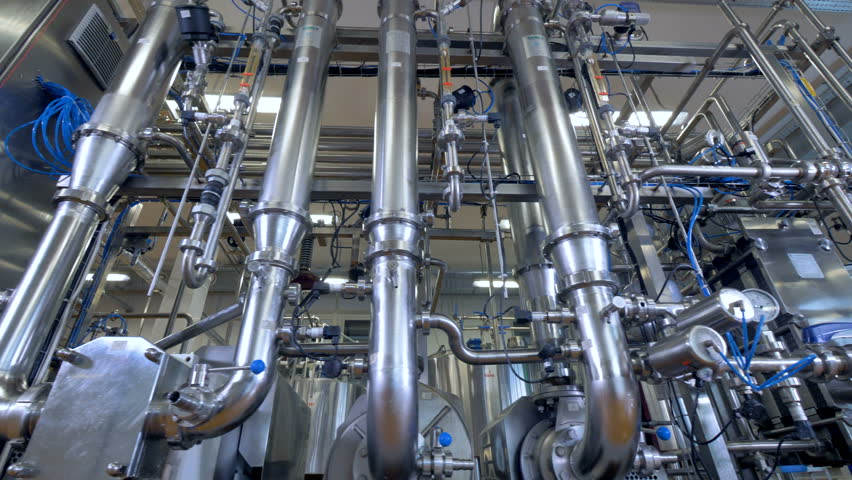Why Stainless Steel is Popular in Pharmaceutical Company
by Vidhi Gada
Posted on January 20, 2022 at 5:00 PM

Introduction: Stainless Steel & Pharmaceutical Industry
Stainless steel has had great appeal in the pharmaceuticals business for many years, simply because it meets the industry's criteria for industry-specific product needs.
Stainless steel is a common option for product handling in the pharmaceutical business because it is resilient, resistant to a variety of chemicals used to disinfect pharmaceutical items, and has a high temperature tolerance to survive heat-based sanitation processes.
Stainless steel of grade 316L has long been utilised in the pharmaceutical business. However, changes in legislation on a worldwide scale over the past two decades have resulted in a desire for stainless steel that is far more corrosion resistant. As a result,'super-austenitic' stainless steel is gaining popularity.
The Increasing Popularity of Stainless Steel for Pharmaceutical Companies
Equipment used in the pharmaceutical sector is highly customised and costly, thus decisions on equipment design and material must be made carefully. The use of low-grade materials may result in frequent contamination of manufacturing batches, requiring them to be discarded. Such frequent events have an influence on operating costs, and replacing installed equipment within a short period of time is not viable. Stainless steel and other high alloy grades have a hefty initial investment. However, since these items last longer, the entire life-cycle cost is much cheaper.
"Stainless steel is an alloy of iron with a minimum of 10.5 percent chromium," according to the British Stainless Steel Association. On the surface of the steel, chromium forms a thin coating of oxide known as the 'passive layer.' This keeps the surface from corroding any more." Copper, nickel, molybdenum, and titanium are common alloying elements that are added to improve the metal's structure and qualities. Stainless steel is especially useful for the pharmaceutical industry, where rigorous hygiene control is required, due to its non-porous surface, which makes it extremely easy to clean, as well as its great corrosion resistance, even at increased pressures and temperatures.The most common stainless steels used in pharmaceutical equipment manufacture are 304, 304L, 316, and 316L, with the latter being the most common.
Stainless Steel And Production of Pharmaceuticals
Pumps, processing and reaction vessels, storage tanks, heat exchangers, tubes and pipelines, and valves and taps are just a few examples of how stainless steel is used in the pharmaceutical sector.
Grade 1.4401 and its variants are the most often used chrome steel grouping in the pharmaceutical sector. This classification has become the industry's factual standard. Other stainless-steel grades will still be chosen based on their appropriateness for a certain service or activity. In the pharmaceutical sector, many varieties of stainless steel are employed for diverse uses. The following are some examples of "stainless steel's typical usage in the pharmaceutical industry:
1. Parts-washing baskets
2. Product-processing containers
3. Bio sample processing
4. Sanitary product handling
5. Sample incineration/disposal
In certain circumstances, the grade of stainless steel used is directly tied to the kind of cleaning chemicals and cleaning process used in a particular facility. Because some facilities function constantly while using a clean-in-place procedure, and others may shut down the power for a full all-at-once cleaning, the operating model of a facility may also impact stainless-steel grade selection.
Conclusion: Stainless Steel’s Popularity
The majority of stainless steel equipment is electropolished and passivated in order to improve passivity and cleanability. These methods create a thin passive coating on the metal surface, which improves corrosion resistance. Surface defects that may have accumulated throughout different production phases may also be removed by electropolishing and passivation. This guarantees that the surface is featureless and clean on a microscopic level. Our stainless steel profiles may be used in corrosive conditions as well as other applications. Laser fusion technique creates a sharp-cornered profile that may be employed in a variety of architectural applications, as well as sculptures and monuments. To learn more about how Stainless Structurals may help you with your next project, contact us now.